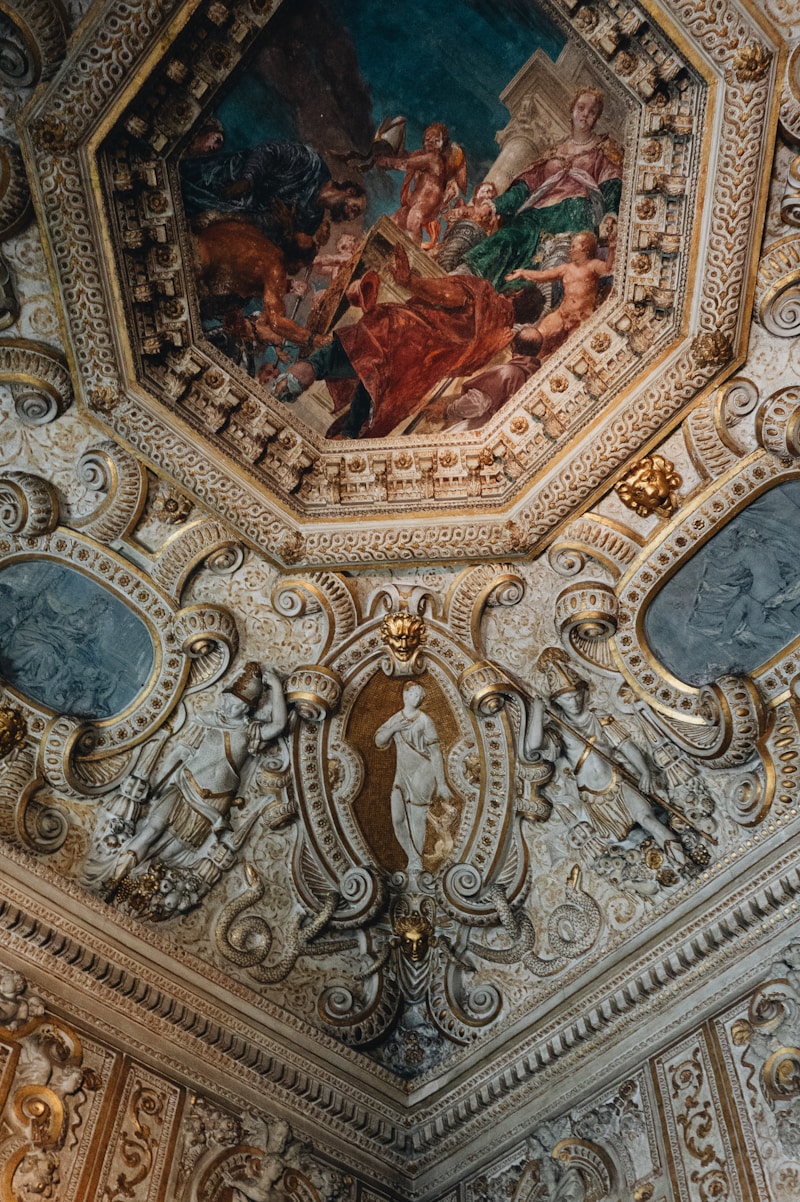Gown Details Inspired by Historical Eras: A Journey Through Time in Fashion
The elegance of gowns has been a cornerstone of women's fashion throughout history. From the delicate embroidery of the Renaissance to the chic silhouettes of the Roaring Twenties, the evolution of gown details has been profoundly influenced by cultural shifts, technological advancements, and artistic movements. This article explores various gown details inspired by historical eras, offering insights for fashion enthusiasts, designers, and anyone interested in the artistry of clothing.
The Renaissance: Opulence and Intricacy
The Renaissance period (14th to 17th century) marked a revival of art and culture that significantly influenced fashion. Gowns from this era were characterized by their opulent fabrics, intricate embroidery, and voluminous skirts.
| Features of Renaissance Gowns | Description |
| Fabrics | Silks, velvets, and brocades with rich textures and vibrant colors. |
| Embroidery | Gold and silver thread used for elaborate patterns, often depicting mythical scenes. |
| Silhouette | Wide skirts supported by petticoats, with fitted bodices and off-the-shoulder designs. |

Influence on Modern Design
Today's fashion designers often draw inspiration from the Renaissance, incorporating luxurious fabrics and intricate embroideries into contemporary gowns. Events like the Met Gala frequently showcase modern interpretations of historical fashion, bridging the gap between past and present.
The Victorian Era: Structure and Modesty
The Victorian Era (1837-1901) was marked by conservative ideals and elaborate designs. Gowns from this period showcased structured silhouettes, often featuring corsets and crinolines to create a specific hourglass shape.
| Features of Victorian Gowns | Description |
| Corsetry | Fitted bodices designed to shape the waist and enhance the bust. |
| Skirt Layers | Multiple layers of fabric, often adorned with ruffles or lace. |
| Details | High necklines, long sleeves, and intricate laces contributed to a modest appearance. |
Impact on Modern Women’s Fashion
The structured elegance of Victorian gowns has heavily influenced modern bridal wear and evening gowns, where designers often use corset styling to enhance and support the female form. Accessories like gloves and hats have also made a comeback, adding a vintage touch to modern outfits.
The Flapper Era: Liberation and Style
The 1920s, known as the Flapper Era, symbolized a time of liberation for women, reflected in the fashion of the day. Gowns were designed for movement and comfort, embodying a sense of freedom that contrasted sharply with the previous Victorian ideals.
| Features of Flapper Gowns | Description |
| Drop Waist | Gowns featured a straight silhouette and dropped waistlines, allowing for easier movement. |
| Fringing | Fringe and beads added a playful element that swayed with every dance step. |
| Materials | Lightweight fabrics such as silk and chiffon enhanced the ease of movement. |
Enduring Influence on Fashion
The influence of the Flapper Era is still evident in contemporary styles, particularly in party dresses and cocktail gowns. The loose-fit styles and embellishments serve as a reminder of the quest for freedom and the celebration of femininity.
The 1980s: Bold Statements and Excess
The 1980s brought about a wave of bold fashion choices, with gowns that made powerful statements. This era was defined by extravagant details and a love for excess.
| Features of 1980s Gowns | Description |
| Shoulder Pads | Designers incorporated shoulder pads to create a strong, powerful silhouette. |
| Bright Colors | Vivid colors, metallics, and flashy prints dominated the fashion scene. |
| Maximalism | Layering, ruffles, and intricate designs took center stage, focusing on flamboyance. |
Modern Adaptations
Today, elements of 1980s fashion are often revived, particularly in evening wear where bold details are welcomed. Designers frequently experiment with asymmetrical cuts and unexpected fabric combinations, keeping the spirit of the '80s alive while adapting it for modern sensibilities.
Conclusion: The Timeless Allure of Historical Gown Details
The influence of historical eras on gown design is evident in the way modern garments are crafted. Designers continue to draw inspiration from the past, infusing contemporary fashion with historical details that tell stories. Exploring gown details inspired by different historical eras not only enriches our understanding of fashion but also allows each gown to embody a piece of history.
Final Thoughts: Whether you're a fashion designer seeking inspiration or just a history enthusiast, understanding gown details from different eras can provide a wealth of insights. Remember to consider the cultural significance of styles and how they reflect societal norms and changes. By engaging with fashion's history, you can appreciate the artistry and intention behind every gown, making informed choices in both personal style and design.